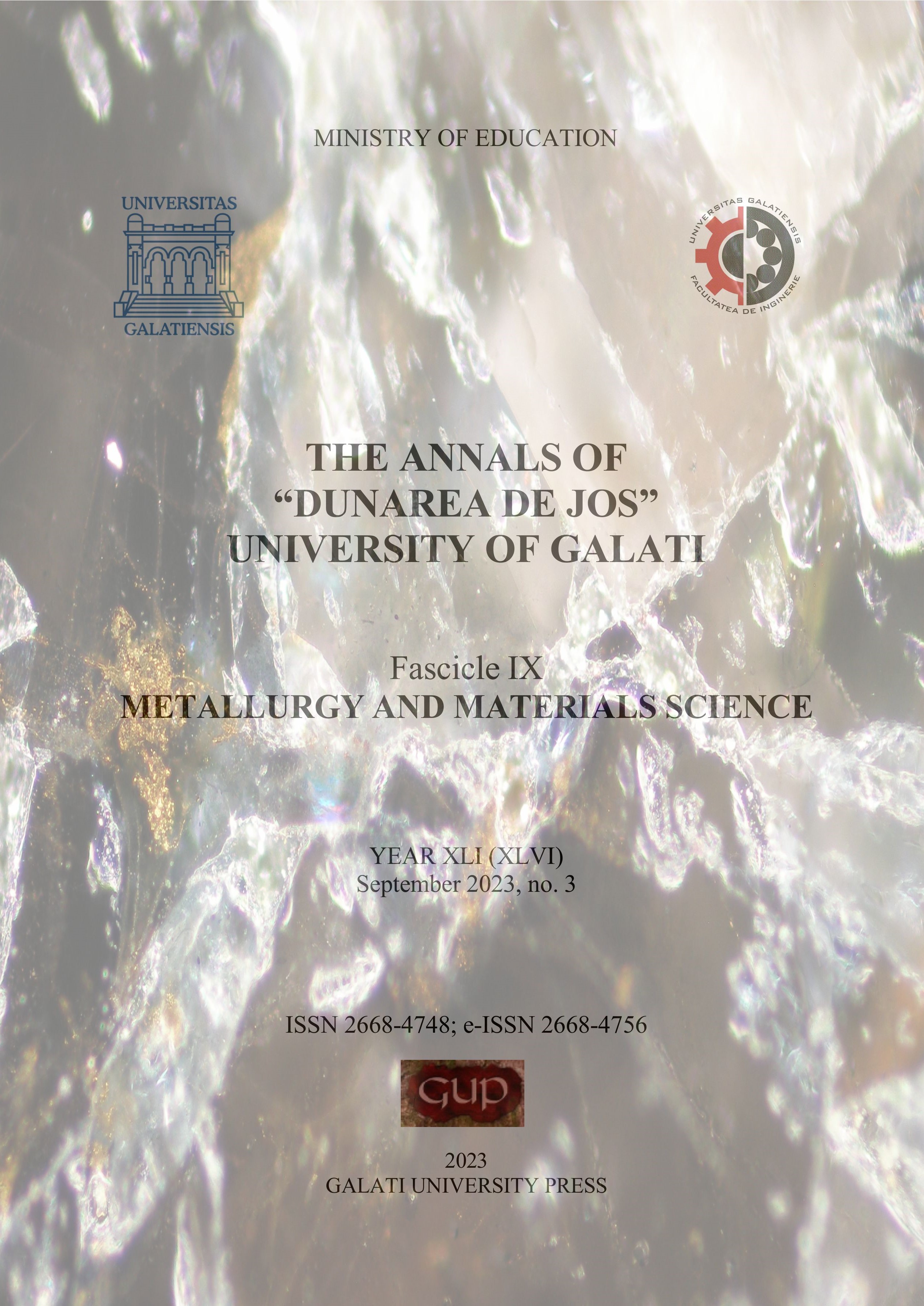Regarding the Use of Finite Element Modeling for Propulsion System Sizing in V.T.O.L. Drones
Keywords:
drone, modeling, finite element
Abstract
At the moment, VTOL drones have proven their efficiency in several areas, for this reason, they have become indispensable tools for a large category of applications. This paper presents aspects related to the dimensioning stage of the propulsion system of a drone based on finite element modeling, to establish the traction force necessary to ensure sustentation.
Downloads
Download data is not yet available.
References
[1]. ***, https://grabcad.com/library/low-reynolds-propeller-forultra-light-aircrafts-1.
[2]. Silviu Butnariu, Gheorghe Mogan, Analiza cu elemente finite în ingineria mecanicã, Aplicatii practice în ANSYS, Editura Universităţii Transilvania din Braşov 20.
[2]. Silviu Butnariu, Gheorghe Mogan, Analiza cu elemente finite în ingineria mecanicã, Aplicatii practice în ANSYS, Editura Universităţii Transilvania din Braşov 20.
Published
2023-09-15
How to Cite
1.
LEOPA A. Regarding the Use of Finite Element Modeling for Propulsion System Sizing in V.T.O.L. Drones. The Annals of “Dunarea de Jos” University of Galati. Fascicle IX, Metallurgy and Materials Science [Internet]. 15Sep.2023 [cited 16Jan.2026];46(3):15-9. Available from: https://www.gup.ugal.ro/ugaljournals/index.php/mms/article/view/6246
Issue
Section
Articles



